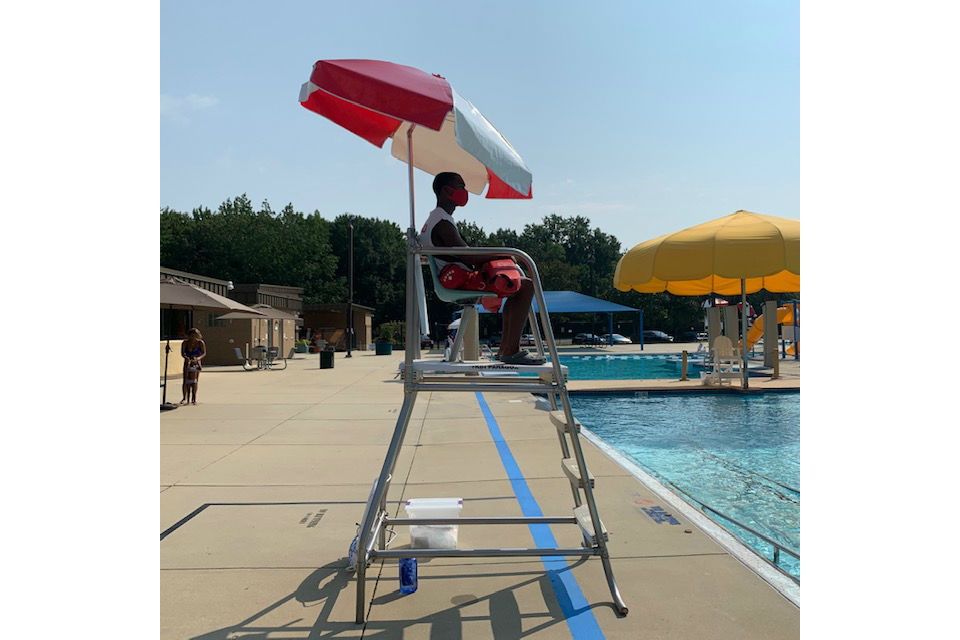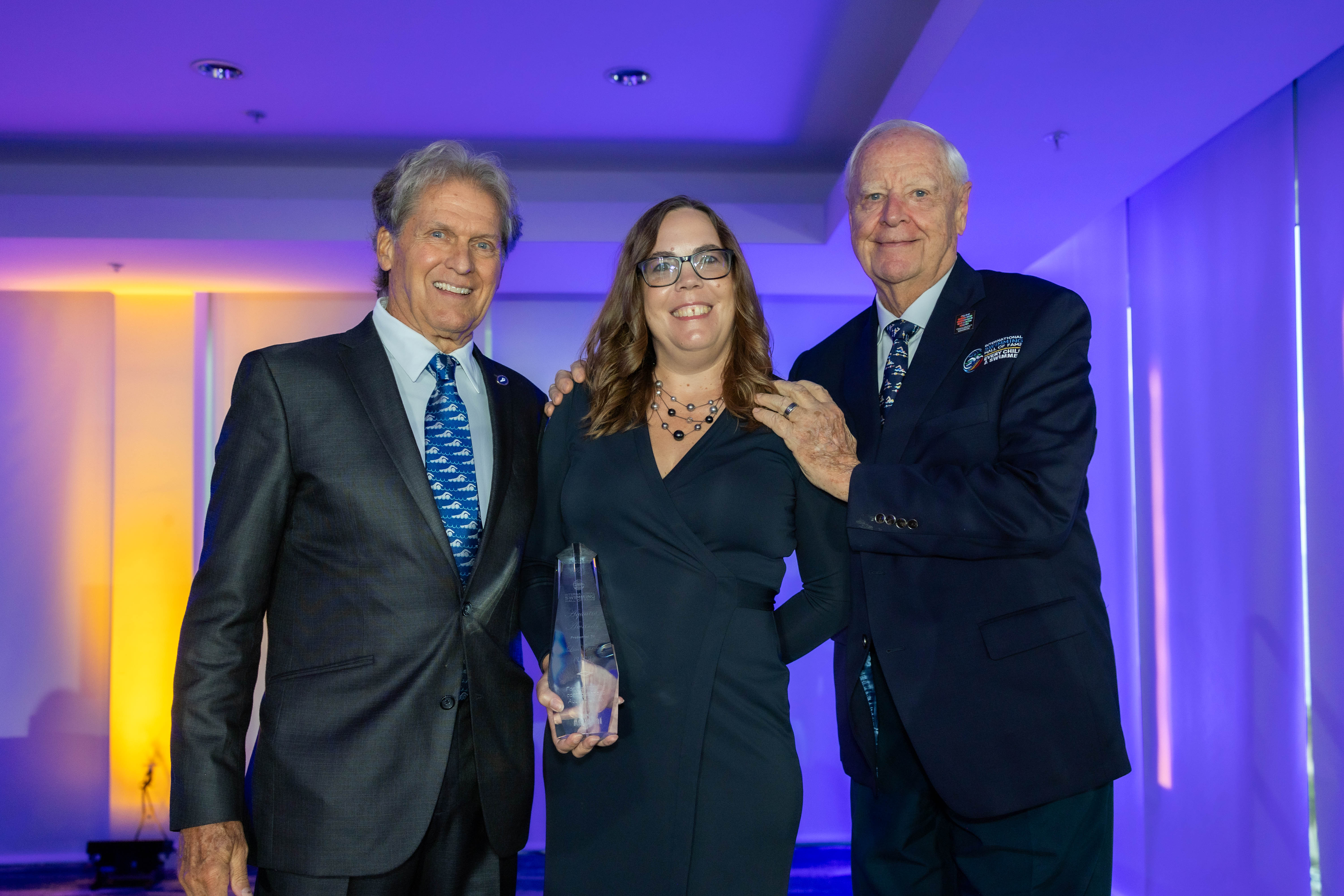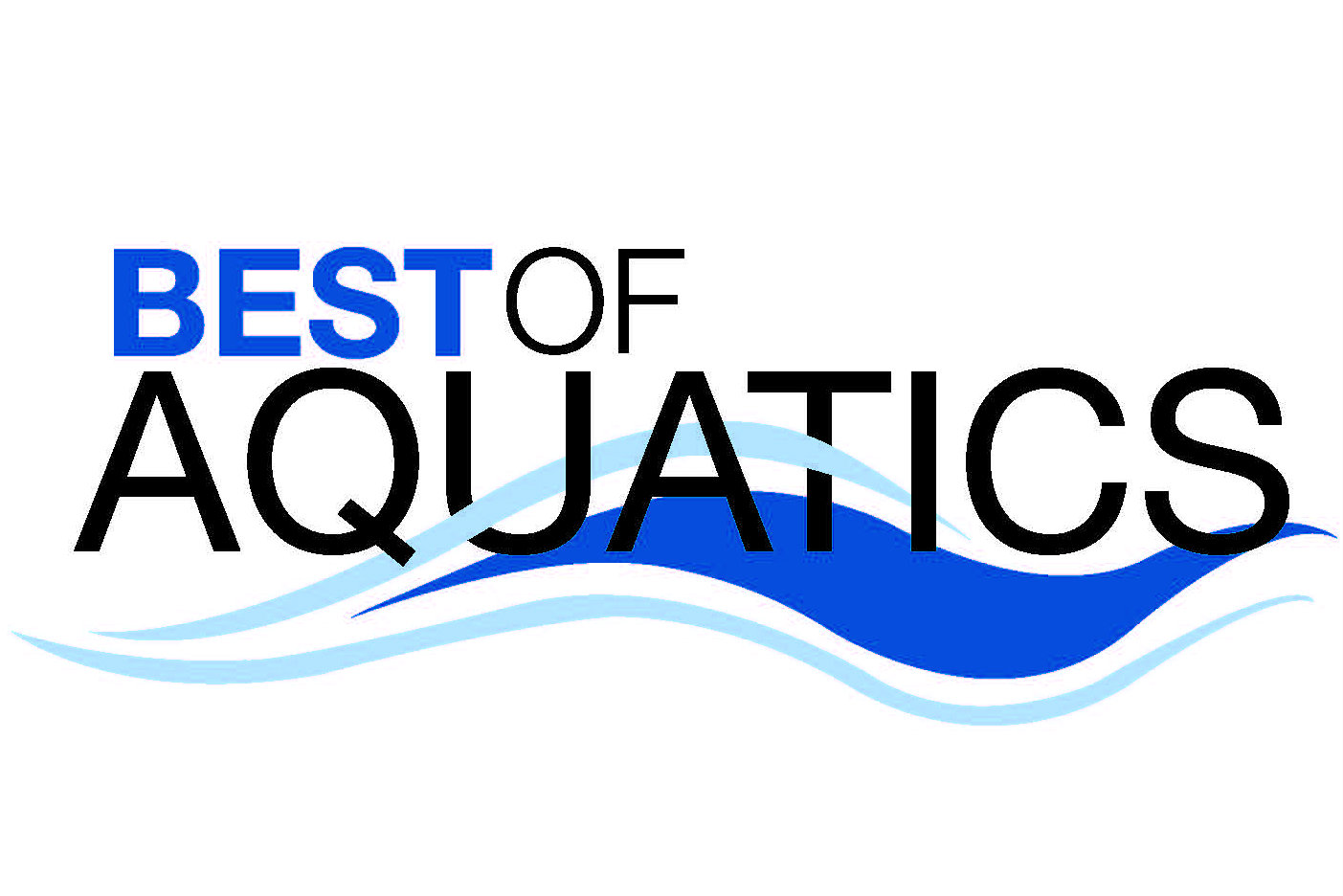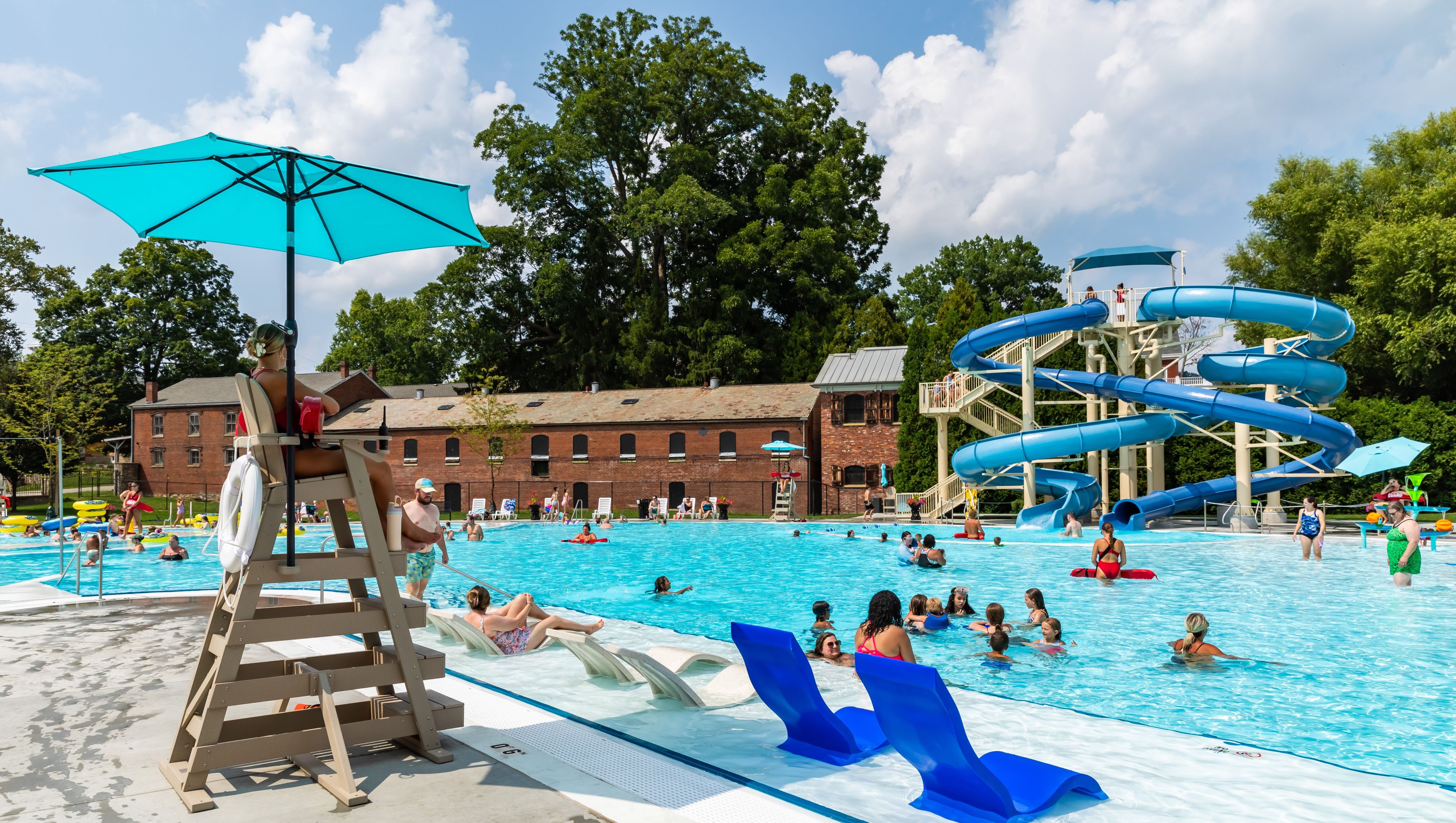When it developed its COVID-19 reopening plan, the Maryland-National Capital Park and Planning Commission (M-NCPPC) weighed many of the same solutions as aquatics facilities around the country. But, with a commitment to include a wide variety of voices in the strategy building, the team realized that two of the popular ideas wouldn’t work for the community it serves.
The M-NCPPC’s clientele in Prince George’s County, Md. are largely Black and Hispanic — 64% and approximately 20% respectively — and don’t have as much access to resources that other communities might take for granted.
For instance, in looking at ways to reduce contact as much as possible, the team considered requiring online reservations, only taking payment via credit card.
But not all customers have a credit or internet access. “Although, the intent was in the right place … it presented another potential barrier to access for our pool patrons who regularly use cash for their admissions,” says Tara Eggleston Stewart, M-NCPPC’s division chief, aquatics and athletic facilities.
They arrived at a compromise: Cash would be allowed at three of the jurisdiction’s seven open pools. Advance registration would still be required, however they could be arranged in person at the facility. The three centers were chosen so the county’s 900,000 residents would have one nearby, with locations in the northern, central and southern area. Two were among the largest and most popular.
Strict guidelines were followed to ensure employee safety. Personal protective equipment was used, including gloves, when handling cash. Staffers remained behind plexiglass and wore face shields.
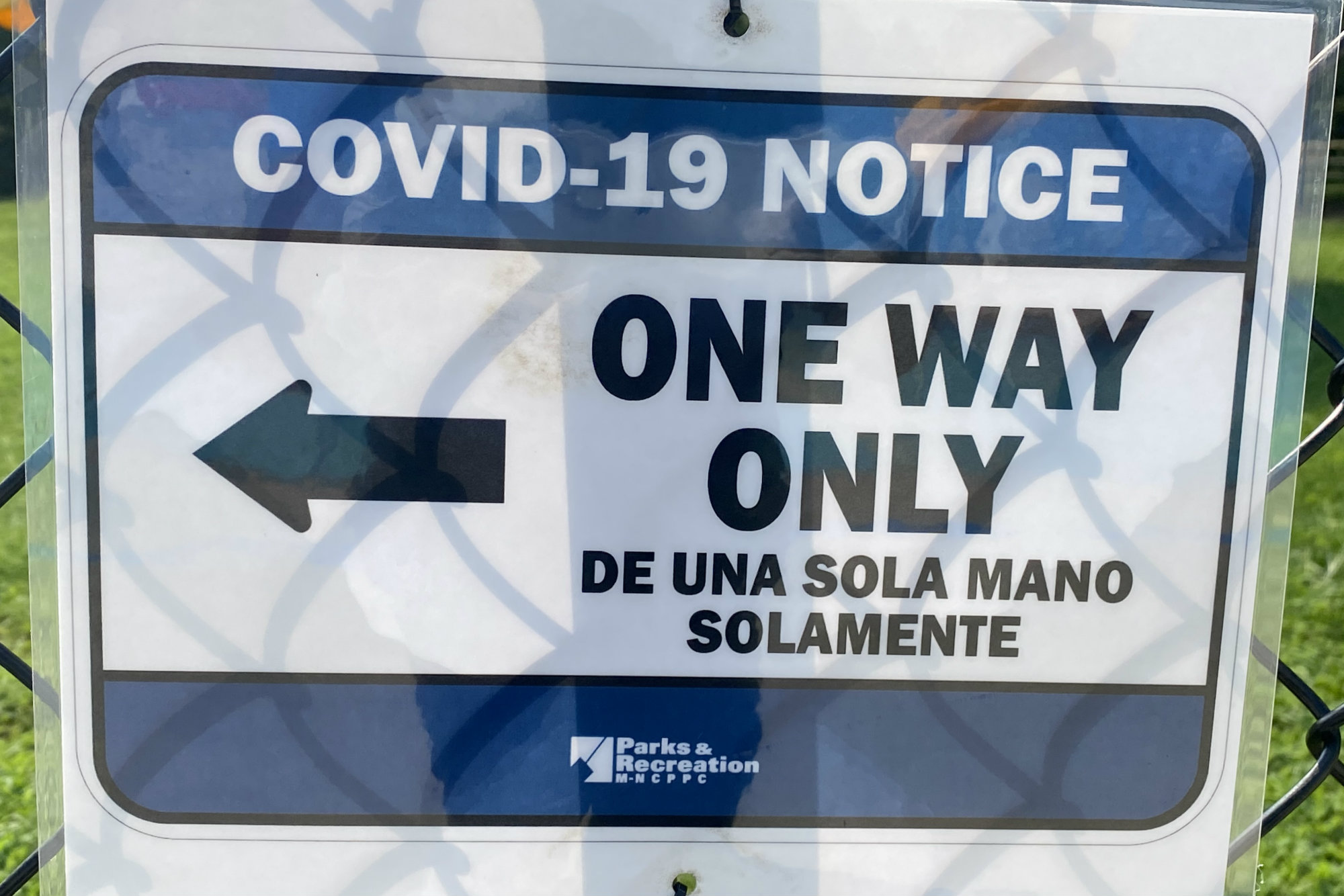
The programming question
The community’s needs also came into play when deciding what type of programming to offer upon reopening. Here, management considered another popular choice – accommodating only lap swimming during Phase One, since it’s easier to control and more conducive to social distancing. But lap swimming requires a certain skill level and the ability to can swim continuously. That didn’t necessarily apply here.
“[Our] demographics are known nationally not to have the highest level of swimming ability and skill,” Eggleston-Stewart says.
The team agreed to offer a combination of lap and general recreation swimming. To facilitate social distancing during recreation swimming and throughout the centers, M-NCPPC capped occupancy at 50 customers, regardless of facility size. This fell well under the capacities allowed by local health officials.
“We knew we could handle 50 people safely,” Eggleston-Stewart says. “That would allow for enough spacing of pool furniture, or just in the water so people could move around and feel like they still had space between them and [other patrons].”
Everybody had to plan quickly and without any precedent to guide them. For the M-NCPPC, involving as many as possible in the planning was key to considering these various sensitivities.
“A lot of times, organizations may just say that the leadership team is responsible for the reopening plan,” Eggleston-Stewart says. “But COVID-19 really introduced a very difficult and unique dynamic that required more collaboration. The facility managers are very close to their facilities — they know their patrons and staff well — so it was important that we had their input and that they felt a part of the process in developing this plan.”
